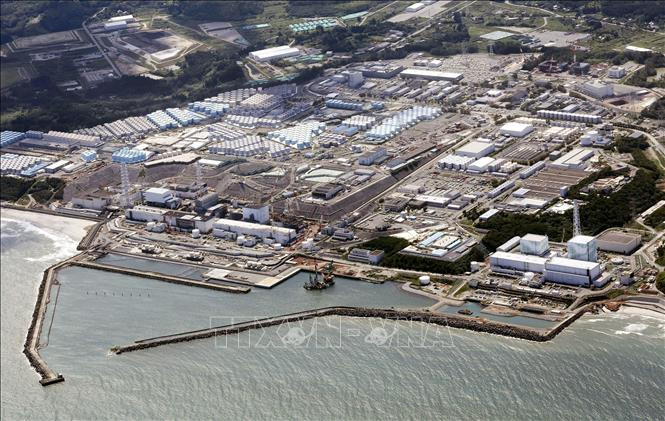
The wastewater discharge began on August 24. Local fishermen and some neighboring countries are concerned about the environmental impact, although the International Atomic Energy Agency (IAEA) has confirmed that the process meets global safety standards.
The first samples of flounder and olive flounder were caught on August 25 within a 5km radius of the Fukushima plant's discharge port, and no tritium was detected in them, the Japan Fisheries Agency said. The agency said it would continue to take daily samples for analysis and update the results in a month.
The Ministry of Environment has also collected water samples within a 50km radius of the plant and will announce the results on August 27.
Previously, on August 25, Tokyo Electric Power Company (TEPCO), the plant operator, also confirmed that no tritium was detected in seawater samples collected from the wastewater discharge area of the Fukushima nuclear power plant. TEPCO said it would continue to collect and analyze seawater samples daily for a month, while ensuring transparency of the analysis results.
Japanese authorities and TEPCO are monitoring tritium levels in seawater at more than 100 locations off Fukushima, Miyagi and Ibaraki prefectures.
A day earlier, the IAEA said tritium levels in wastewater discharged into the Pacific Ocean from the Fukushima plant were much lower than permitted limits.
In March 2011, Japan suffered an earthquake and tsunami that affected the Fukushima nuclear power plant. TEPCO had to treat hundreds of tanks containing more than 1 million tons of contaminated water used to cool the reactor. The wastewater went through a treatment process that removed most types of nuclear radiation, except tritium. The remaining tritium was then diluted to a ratio of 1/40, the concentration allowed by Japanese safety standards, before being discharged into the Pacific Ocean through a 1km underground pipe from the plant. Experts say the amount of tritium in the environment will be extremely small due to mixing with seawater.
Source
























![[Photo] National Assembly Chairman attends the seminar "Building and operating an international financial center and recommendations for Vietnam"](https://vphoto.vietnam.vn/thumb/1200x675/vietnam/resource/IMAGE/2025/7/28/76393436936e457db31ec84433289f72)
















































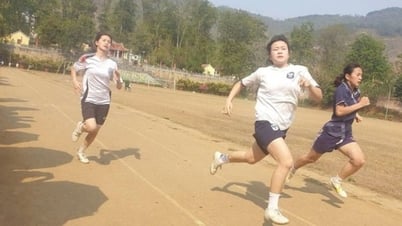






















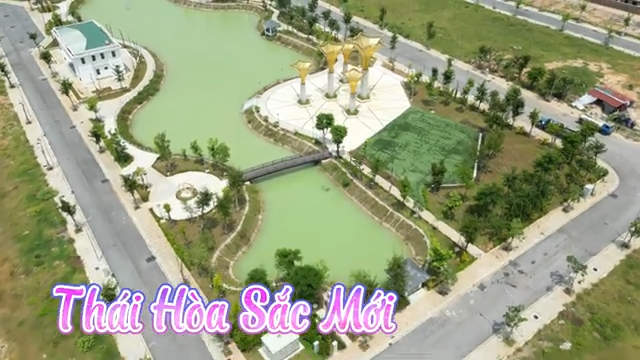

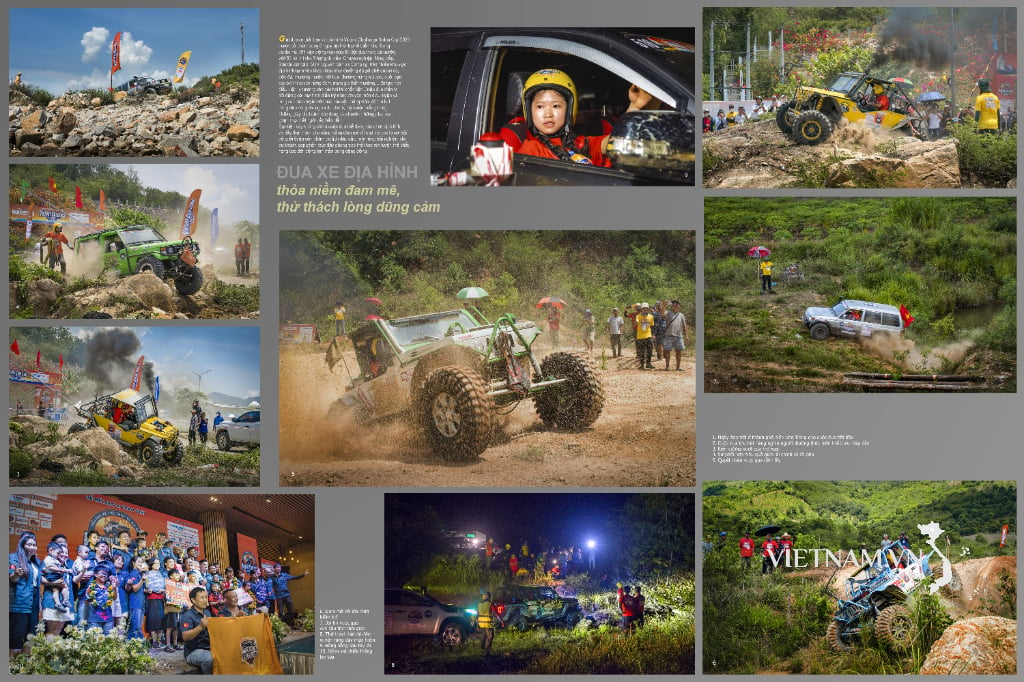
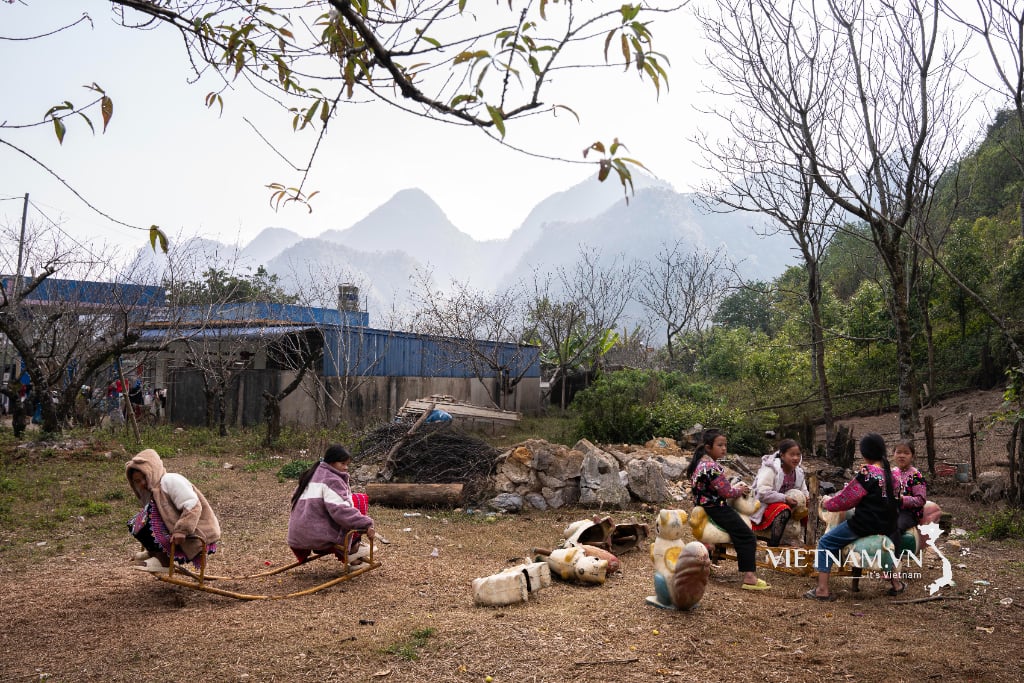
Comment (0)